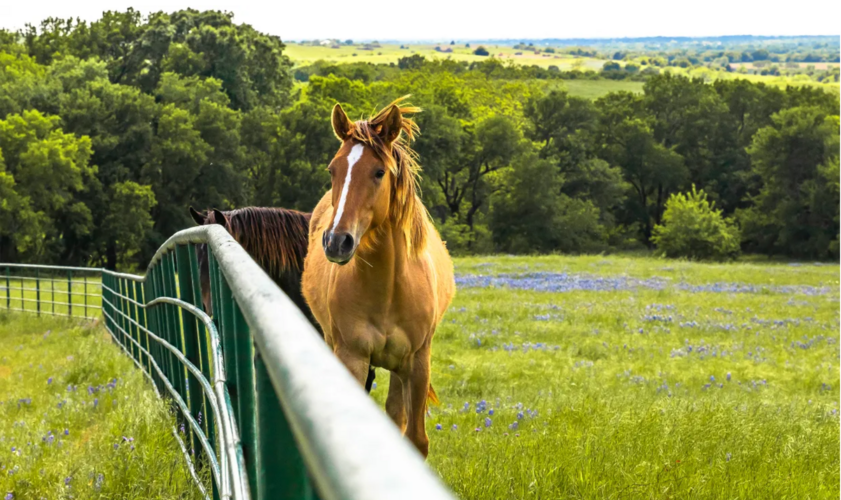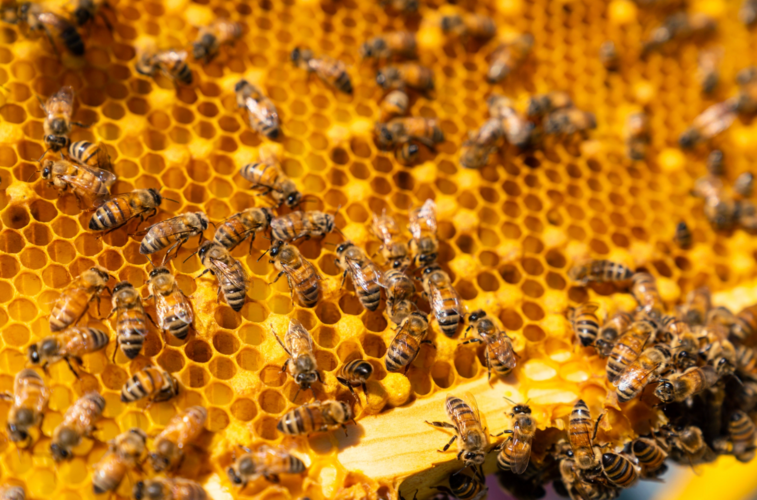Embracing the Lone Star Lifestyle: Selling Your Ranch Property in Texas
Thinking about Selling Your Ranch?
Welcome to the heart of Texas, where sprawling landscapes, rugged charm, and a sense of independence define the Lone Star State. If you find yourself considering the sale of your ranch property in Texas, you're about to embark on a journey that encompasses both the practical and emotional aspects of letting go. Whether you're moving on to new horizons or seeking a change, selling your Texas ranch is a decision that deserves careful consideration.
1. Reflecting on Memories
Your ranch property in Texas is more than just land and buildings; it's a repository of cherished memories. From sunrise rides along the fence line to starlit barbecues under wide-open skies, each corner of your ranch holds stories of joy, hard work, and growth. As you prepare to sell, take time to walk through those memories. Document them through photographs or journal entries to ensure that the legacy of your ranch lives on.
2. Setting the Stage
Just as a ranch property requires care and attention to flourish, presenting it in its best light is essential for a successful sale. Prioritize curb appeal by maintaining well-kept gardens, repairing fences, and enhancing the overall aesthetics. A fresh coat of paint on structures and proper staging can make a significant difference in attracting potential buyers.
3. Showcasing the Lifestyle
Selling a Texas ranch property is more than selling land; it's selling a lifestyle. Highlight the unique features that make ranch living special. Whether it's the serene sunsets, abundant wildlife, or the opportunity for outdoor adventures, paint a vivid picture of the life your property offers. Utilize captivating language in your marketing materials to evoke the emotions that come with Texas ranch living.
4. Partnering with Professionals
Navigating the intricacies of real estate transactions can be complex, especially when dealing with ranch properties. Enlisting the help of experienced professionals can streamline the process. A skilled real estate agent who understands the Texas market and the nuances of ranch sales can guide you through pricing, negotiations, and legalities.
5. Preserving the Heritage
Many Texas ranches boast a rich history that contributes to the cultural fabric of the state. If your ranch has a historical significance, consider preserving its heritage by sharing its stories with potential buyers. Whether it's the history of the land, the original settlers, or unique architectural features, these elements can add significant value to the property.
6. Understanding the Market
The Texas real estate market can be dynamic and varies across regions. Research recent sales of similar ranch properties in your area to get a sense of market trends and pricing. This information will help you set a realistic and competitive asking price for your property.
7. Embracing Change
Selling your Texas ranch property marks the end of one chapter and the beginning of another. Embrace the change with optimism and excitement for what lies ahead. Whether you're downsizing, relocating, or embarking on a new adventure, carry the spirit of the Lone Star State with you wherever you go.
Conclusion
Selling your ranch property in Texas is a decision that encompasses both practical considerations and emotional attachments. As you prepare to say goodbye to the rolling hills, picturesque sunsets, and rustic charm, remember that the memories and experiences you've gained will forever be a part of you. By presenting your property in its best light, enlisting professional guidance, and sharing its unique story, you're not just selling a piece of land; you're offering someone else the chance to create their own Texas ranch legacy. So, here's to new beginnings and the enduring spirit of Texas.
FEATURED HOME LISTINGS
Provided by Central Texas MLS. ©All rights reserved.
Provided by Austin Board of REALTORS®. ©All rights reserved.
© Highland Lakes Association of REALTORS®. All rights reserved.
This information is for your personal, non-commercial use and may not be used for any purpose other than to identify prospective properties you may be interested in purchasing. Display of MLS data is usually deemed reliable but is NOT guaranteed accurate by the MLS. Buyers are responsible for verifying the accuracy of all information and should investigate the data themselves or retain appropriate professionals. Information from sources other than the Listing Agent may have been included in the MLS data. Unless otherwise specified in writing, Broker/Agent has not and will not verify any information obtained from other sources. The Broker/Agent providing the information contained herein may or may not have been the Listing and/or Selling Agent.















